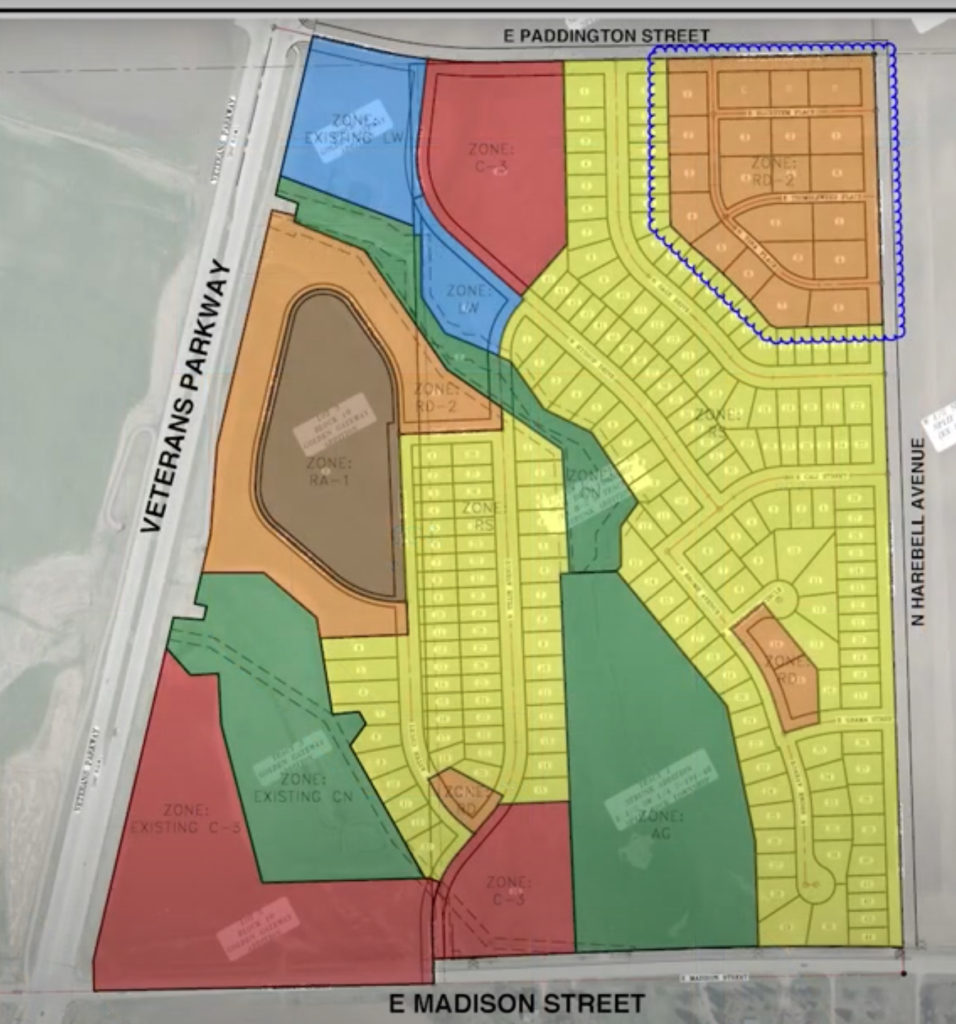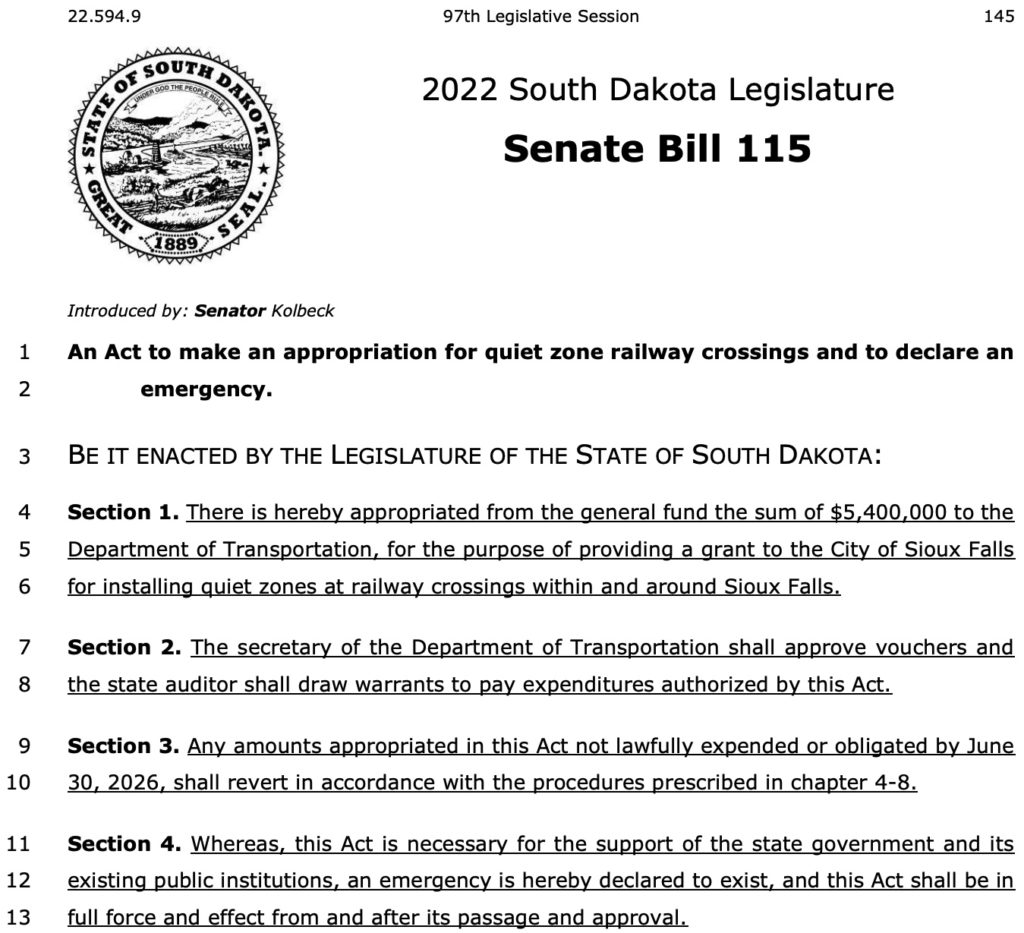City of Sioux Falls planning affordable housing development in Southwest Brandon
Well not quite Brandon, but almost. (FF 1:30)
As I understand it the development is in between Washington HS and the city of Brandon on a current empty lot. They will use a TIF to help pay for the roads and utilities. The most affordable houses will be slab on grade (NO basements, not even unfinished), 1,000 sq ft, single stall garage, $250K.

I think a better approach would be building NO attached garage and putting in unfinished basements with egress windows so the basements could be finished later and a garage.
What is silly about this is that when we have talked about building density in our core and providing more affordable housing this was NOT what people were asking for. But it should be NO surprise since the public had ZERO input and the councilors were met with privately about the plan. This video is the first time anyone from the public has heard about it.
I think doing a pilot program in central Sioux Falls would have been a better way to go. You pick a 8 block area that needs some help. The city could use a TIF to rebuild the roads, sewer, water, sidewalks, curb and gutter and street lighting. Community Development could provide loans to fix up the homes in the affected area and Affordable Housing Solutions could demo and buy up empty lots for new housing in the area. Building slab on grade houses next to Brandon with no apparent public transit service will do little to solve our affordable housing issues in the core of Sioux Falls.
